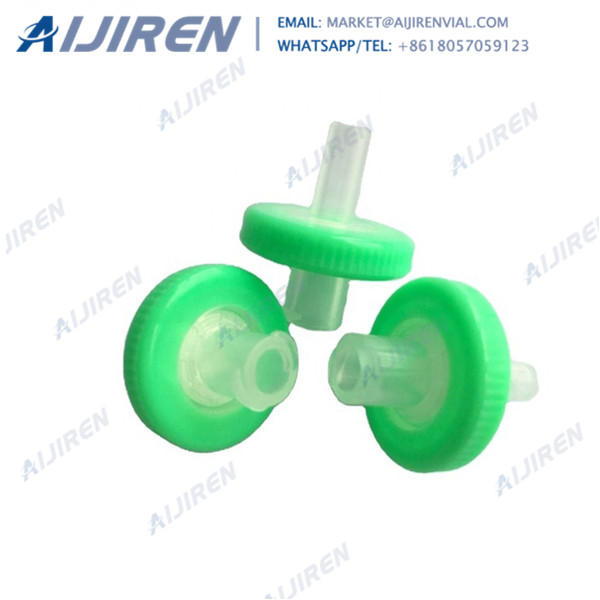
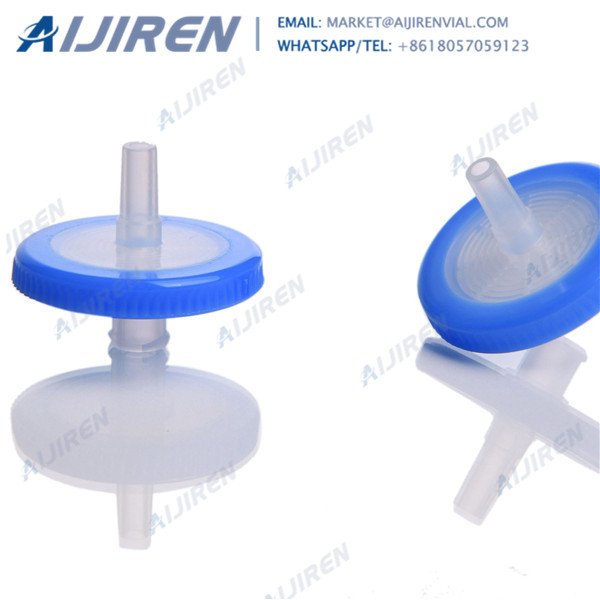
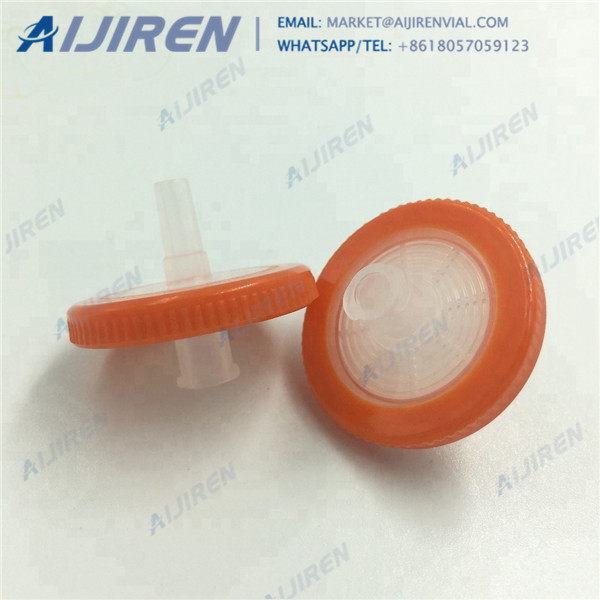
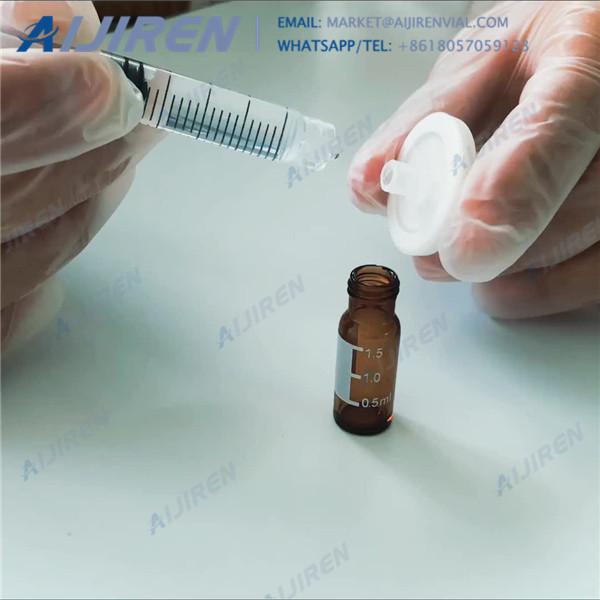
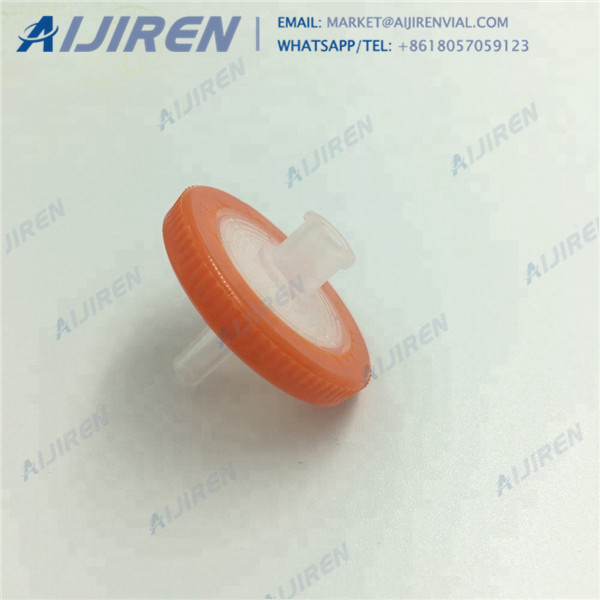
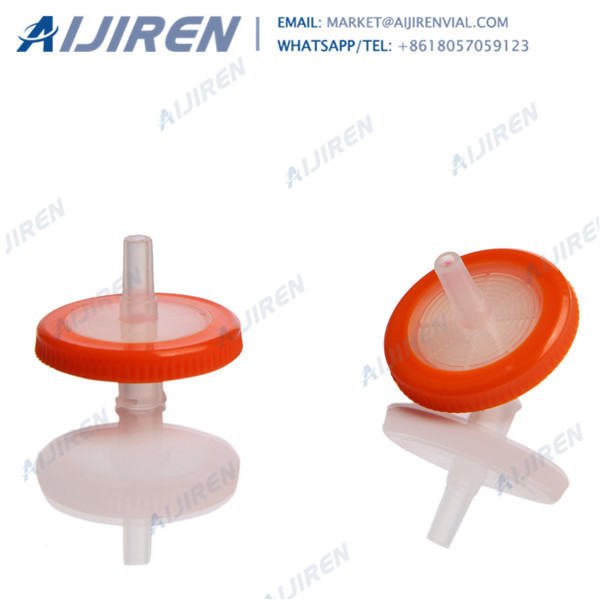
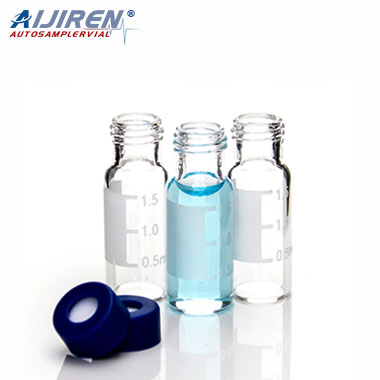
Syringe filter membranes are essential tools used in various laboratory processes to purify solutions by removing unwanted particles and contaminants. As such, it is common for scientists and researchers to have questions regarding the use of syringe filter membranes. This is where Frequently Asked Questions (FAQs) come in handy. In this article, we will explore some of the most common FAQs about syringe filter membranes, including their purpose, selection criteria, and maintenance.

Pes syringe filters are commonly used in laboratory applications to filter out particles and microorganisms from various solutions. They are made of polyethersulfone (PES) membrane, which is a hydrophilic membrane that offers high flow rates and low protein binding. The filters come in different pore sizes, ranging from 0.22μm to 5μm, and are compatible with a wide range of solvents and solutions. As with any laboratory equipment, there are frequently asked questions (FAQs) about pes syringe filters that users may have. In this article, we will address some of the most common FAQs related to pes syringe filters.
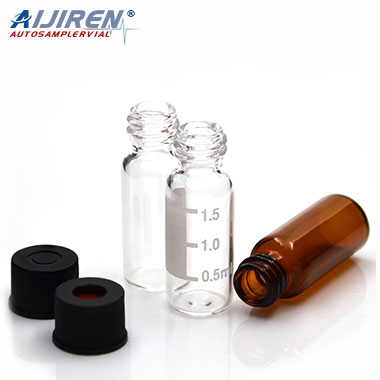
0.2 um syringe filters are an essential laboratory tool used for sample preparation and filtration in various applications. They provide effective and efficient filtration of particulate matter, bacteria, and other impurities in samples, ensuring that the final product is pure and of high quality. As such, many researchers and scientists rely on 0.2 um syringe filters for their research and analytical work. However, there may be questions about their usage, compatibility, and proper disposal. In this FAQ, we provide answers to some of the most common questions about 0.2 um syringe filters to help users make informed decisions and achieve optimal results.

Syringe filters are essential laboratory tools used to remove particulate matter and other impurities from samples before analysis. One common type of syringe filter is the 0.45 um syringe filter, which is designed to remove particles and microorganisms that are larger than 0.45 microns in size. This filter is widely used in various applications such as analytical chemistry, pharmaceuticals, and microbiology. However, many questions arise about this type of syringe filter, and this article aims to address some of the frequently asked questions (FAQs) about the 0.45 um syringe filter.